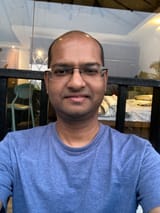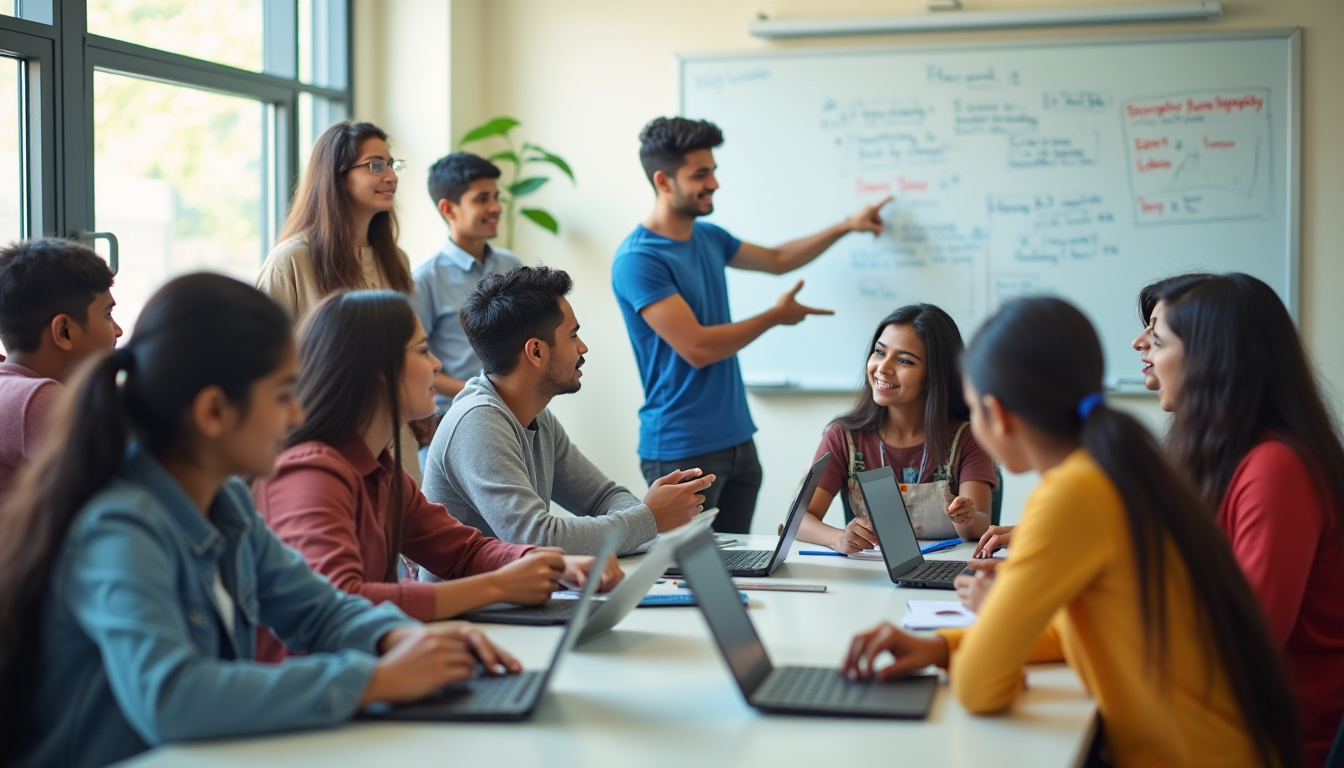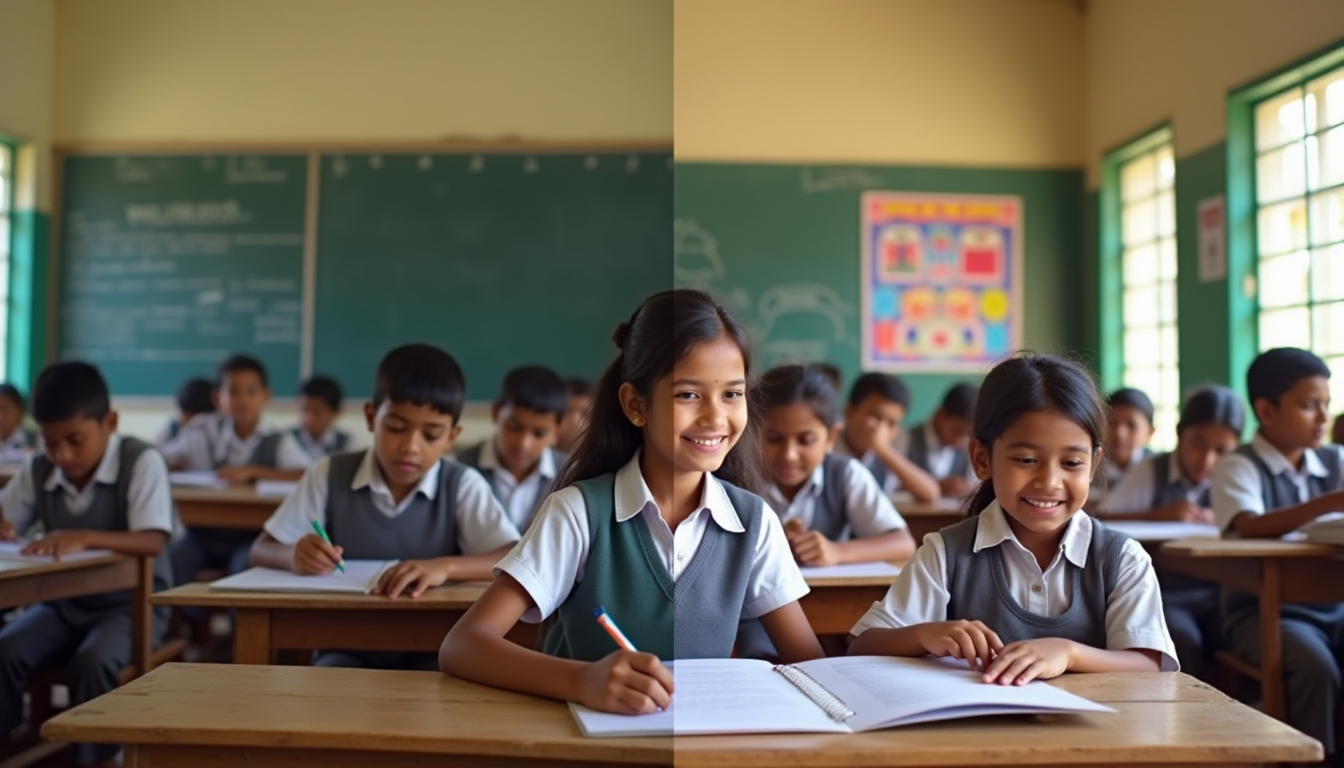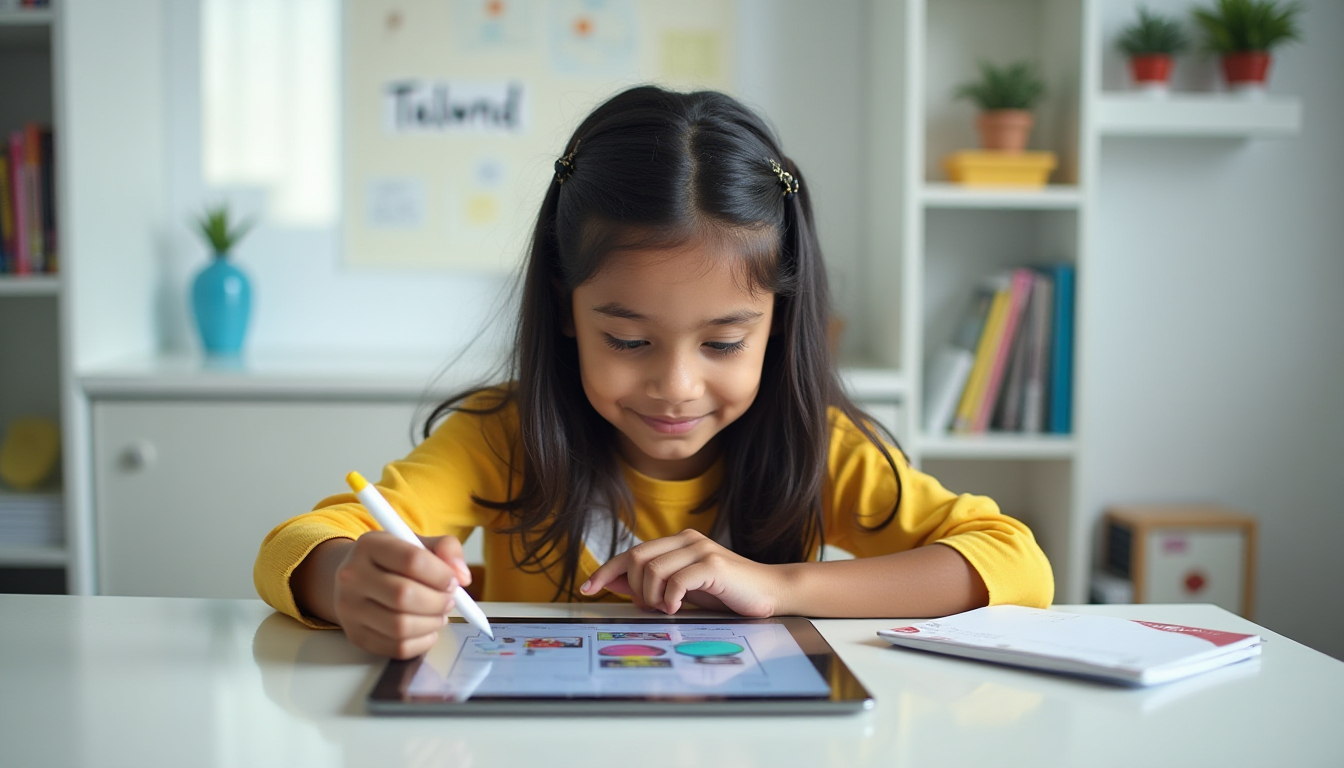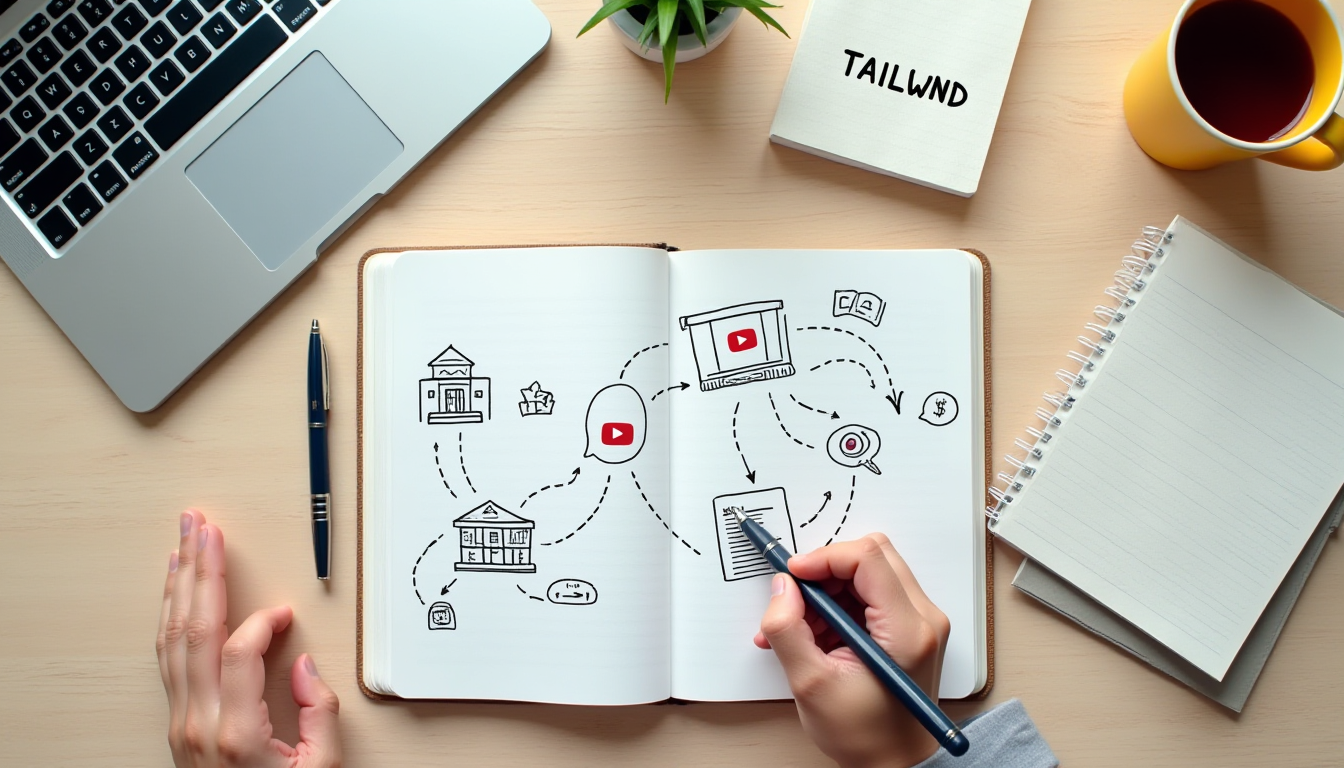Why Mistakes Are Not Bad — They’re Actually Super Helpful!
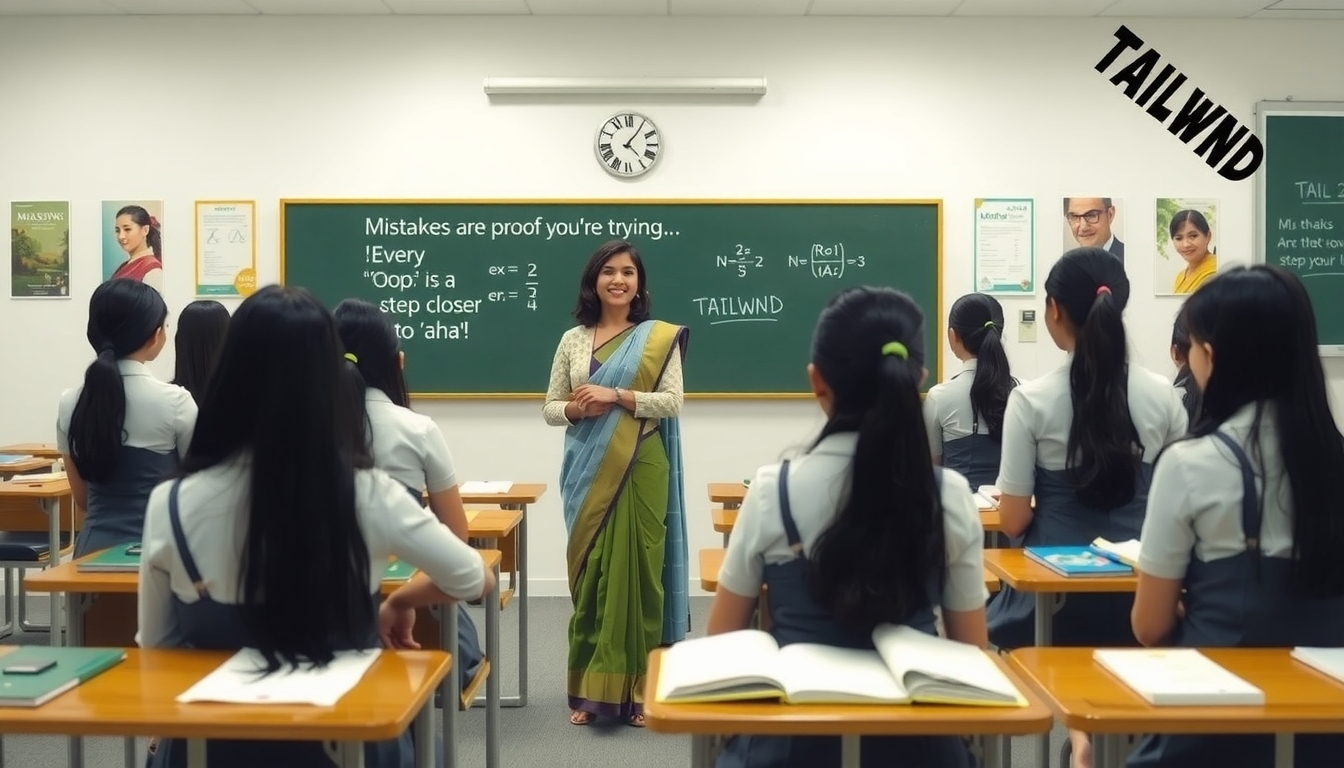
Ever feel like school sometimes tries to make us perfect? Like getting something wrong is the worst thing that can happen? Well, what if we told you that our biggest mistakes might actually be our best lessons?
It sounds a bit crazy, right? But think about it. Every amazing invention, every great idea in history, came from someone trying something, seeing it fail, learning from that failure, and then trying again, smarter. Yet, in school, we often act like making a mistake is the end of the world. We're so focused on getting the 'right' answer that we forget the magic of getting it 'wrong' first.
Imagine a pilot. When an airplane has a problem, they don't just sweep it under the rug. They dig deep, find out exactly what went wrong, and then fix the system so it doesn't happen again. They learn from failure to make things safer and better. Shouldn't we be doing the same for our kids in school?
Let's change how we see 'failure'. What if our classrooms became places where making a mistake was actually a celebrated moment? Not because we like errors, but because it shows we're trying, exploring, and truly learning. When we mess up, it's not a sign that we're not smart; it's a sign that we're figuring things out, step by step. This way of thinking helps us understand that trying, failing, and trying again is a sign of being clever, not a sign of being inadequate.
Real-World Projects That Actually Mean Something
Now, let's talk about connecting what we learn to the real world. Forget those boring projects where you just copy stuff from a book. Imagine if students were actually working on real problems that matter!
Instead of just reading about climate change, what if kids helped design ways to use solar power in their own neighborhoods? Or instead of just solving math problems about imaginary trains, they analyzed real traffic jams in their town and came up with solutions?
This isn't just about making learning more fun (though it definitely does that!). It's about getting kids ready for a world that cares more about their ability to solve problems than their ability to memorize dates for an exam. The real world wants creative thinkers, people who can look at tricky challenges and find smart ways to tackle them.
The Magic When Mistakes Meet Real Challenges
Here's where it gets really exciting. When we let students try real-world projects and also teach them that it's okay to make mistakes, something amazing happens. They become true learners, not just kids who can pass tests.
Think about a group of students trying to help people experiencing homelessness in their community. Their first idea might completely flop. Maybe their plan for asking questions wasn't great, or their suggested help wasn't very practical. In a traditional school, that might just mean bad grades and moving on.
But in a school that embraces learning from mistakes, that "flop" becomes the starting point. They'll look closely at what went wrong. They'll talk to real homeless charities, get new ideas, change their plan, and try again. By the end, they won't have just learned about a social problem. They'll have truly experienced the messy, real journey of trying to make a difference.
Feeling Safe to Take Risks
For all this to work, kids need to feel safe. They need to know that trying something new and maybe failing won't lead to a big problem. Teachers need to see mistakes as chances to learn, not just as something to mark down. We need places where being curious and asking questions is celebrated more than just following all the rules.
This isn't about making things easier. It's about making them better. It's about helping kids not just pass tests, but truly think. It's about turning students who might be scared of challenges into students who get excited by them.
The world outside of school is messy and full of surprises. Our kids need to be ready for that. By giving them real projects and letting them learn from their 'oops' moments, we're building strong mental muscles. They'll learn to experiment, bounce back from setbacks, and see problems as exciting puzzles to solve.
It's time to get our hands dirty with real learning. Let's start believing that:
- Mistakes are like clues: Every 'wrong' step gives us information to make the next step better.
- Real problems need real answers: Projects should be about actual challenges in our world, not just made-up ones from books.
- It's okay to try and fail: Students need to feel safe to take risks and see mistakes as part of the learning journey.
- The journey is important: How we try, learn, and improve is more valuable than just the final answer.
- Teachers are guides: They help students find their own way, rather than just telling them what to do.
The future isn't about picking between textbooks and real-world experience. It's about putting them together in a way that truly prepares our kids for a world that needs people who can adapt, create, and never give up. Let's stop talking and start doing!

